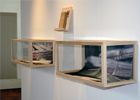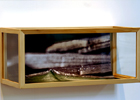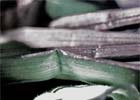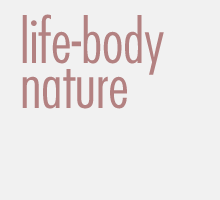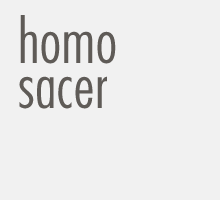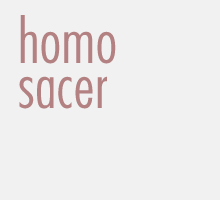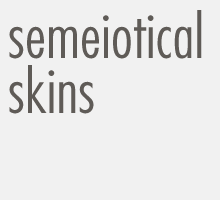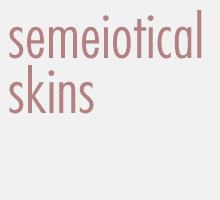

I’M DIVINE (Narcissus)
2010 Installation Enviromental measure, Museo Regionale di Scienze Naturali, Turin
Installation view
I’M DIVINE (Narcissus)
Detail of installation
I’M DIVINE (Narcissus)
Detail of installation
I’M DIVINE (Narcissus)
Detail of installation
I’M DIVINE (Narcissus)
Detail of installation
Concept
I’M DIVINE (Narcissus)
Con la collaborazione della Fondazione per le Biotecnologie di Torino e dell’Istituto di Botanica dell’Università di Torino è stato possibile creare una cellula ibrida prodotta dalla fusione del DNA del genere umano con quello di un vegetale, il Narcissus Poeticus, una pianta selvatica bulbosa della famiglia delle Amaryllidaceae, rinomata per il fiore particolarmente bello e profumato. La coltura cellulare ottenuta da questa cellula ibrida è stata fatta proliferare in laboratorio su appositi supporti in modo da ottenere delle lettere composte da queste cellule che sono state successivamente utilizzate per scrivere una parola, NARCISSUS appunto, in una duplice fusione ideale tra tessuto e testo, entrambi derivanti dalla medesima radice etimologica e tra il fiore che incarna il mito ed il personaggio mitologico che bene simboleggia l’uomo del nostro tempo, “attorcigliato nel suo desiderio” ed incapace di accettare di non essere solo e di avere bisogno dell’altro, lontano dal comprendere che dall’alterità dipendono conoscenza e verità.
I’M DIVINE (Narcissus)
With the cooperation of the Foundation for Biotechnologies of Turin and of the Botanical Institute of Turin, we were able to create a hybrid cell, produced from the fusion of the human DNA with that of a vegetable, the Narcissus Poeticus, a wild bulbous plant of the family of Amaryllidaceae, renowned for its particularly beautiful and scented flower. The cellular culture obtained from this hybrid cell has been made proliferate in laboratory on special supports, so as to obtain some letters formed by these cells, which were then used to write a word, NARCISSUS, in a twofold ideal fusion between tissue and text, both deriving from the same etymological root, and between the flower, embodying the myth, and the mythological character, who well mirrors the man of our times, “coiled to his own desire” and unable to accept the fact that he is not alone and that he needs the other, far from understanding that knowledge and truth depend on otherness.
